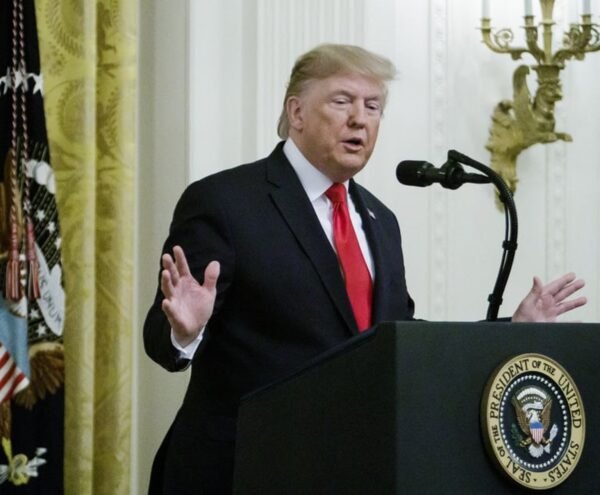Trump likely to sign 100 executive orders on day one

Donald Trump, the President-elect of the United States, is poised to sign over 100 executive orders on his first day in office, January 20, 2025. This ambitious plan marks a significant departure from his previous administration, where he issued only one executive order on his first day.
Expected Executive Orders
Trump’s Day One agenda is expected to focus on several key areas:Immigration and Border Security
Mass Deportations: Trump has promised to initiate what he claims will be the largest deportation operation in U.S. history, targeting undocumented migrants immediately upon taking office.
Border Closure: He aims to close the U.S.-Mexico border and reinstate travel bans that were part of his previous administration’s policies.
Birthright Citizenship: Trump intends to challenge the current interpretation of birthright citizenship under the 14th Amendment, aiming to restrict citizenship for children born in the U.S. to parents who are not citizens or lawful permanent residents.
Economic Policies
Tariffs: Trump plans to impose new tariffs on imports from Canada and Mexico, with a proposed 25% tariff on goods from these countries and an additional 10% on Chinese imports. This move is intended to bolster U.S. manufacturing and discourage illegal immigration and drug trafficking.
Energy Production: He has vowed to lift restrictions on fossil fuel production and expand domestic oil drilling, reversing many climate-related policies enacted by the Biden administration.
Regulatory Rollbacks
Trump has committed to eliminating numerous federal regulations that he argues have increased costs for consumers. His goal is to remove ten existing regulations for every new one introduced.
While Trump’s plans are aggressive, many of these executive orders are likely to face legal challenges. For instance, altering birthright citizenship could lead to significant constitutional disputes, as it is enshrined in the Constitution. Additionally, mass deportations may encounter opposition from civil rights organizations.
Trump’s return to the presidency is set against a backdrop of bold executive actions aimed at reshaping U.S. policy across various sectors. His approach emphasizes swift action and a clear departure from the previous administration’s priorities, signaling a contentious start to his new term.
Donald Trump is set to issue over 100 executive orders on his first day in office during his second term, which begins on January 20, 2025. This ambitious plan marks a significant departure from the typical inaugural activities of new presidents, emphasizing a rapid and aggressive approach to governance.
Key Focus Areas of Trump’s Executive Orders
Border Security and Immigration:
Trump intends to initiate a large-scale deportation program targeting undocumented migrants, claiming it will “begin very, very quickly” after he takes office.
He plans to enhance security at the U.S.-Mexico border, including resuming construction of the border wall and deploying additional troops.
Economic Policies:
The president-elect aims to implement substantial tariffs on imports from key trading partners such as Mexico, Canada, and China. These tariffs are designed to discourage imports and stimulate U.S. manufacturing.
Trump’s administration is expected to roll back various regulations established during the Biden administration, signaling a return to his previous economic policies.
Social Policies:
Among the proposed orders is a controversial move to alter birthright citizenship provisions, which could face significant legal challenges due to constitutional protections.
Other anticipated actions include adjustments to federal workforce regulations and school gender guidelines.
This extensive use of executive orders is unprecedented in recent history, with Trump planning a dramatic contrast to his first term when he signed only one executive order on his inaugural day. The scale of these actions reflects Trump’s intent to swiftly establish his policy priorities and signal a stark shift from the previous administration’s directives.
The implications of such a large number of executive actions could be profound, potentially leading to legal challenges and pushback from various groups opposing his policies. Trump’s strategy appears aimed at demonstrating decisiveness and authority from the outset of his presidency, setting a tone for the next four years that emphasizes rapid implementation of his agenda.
